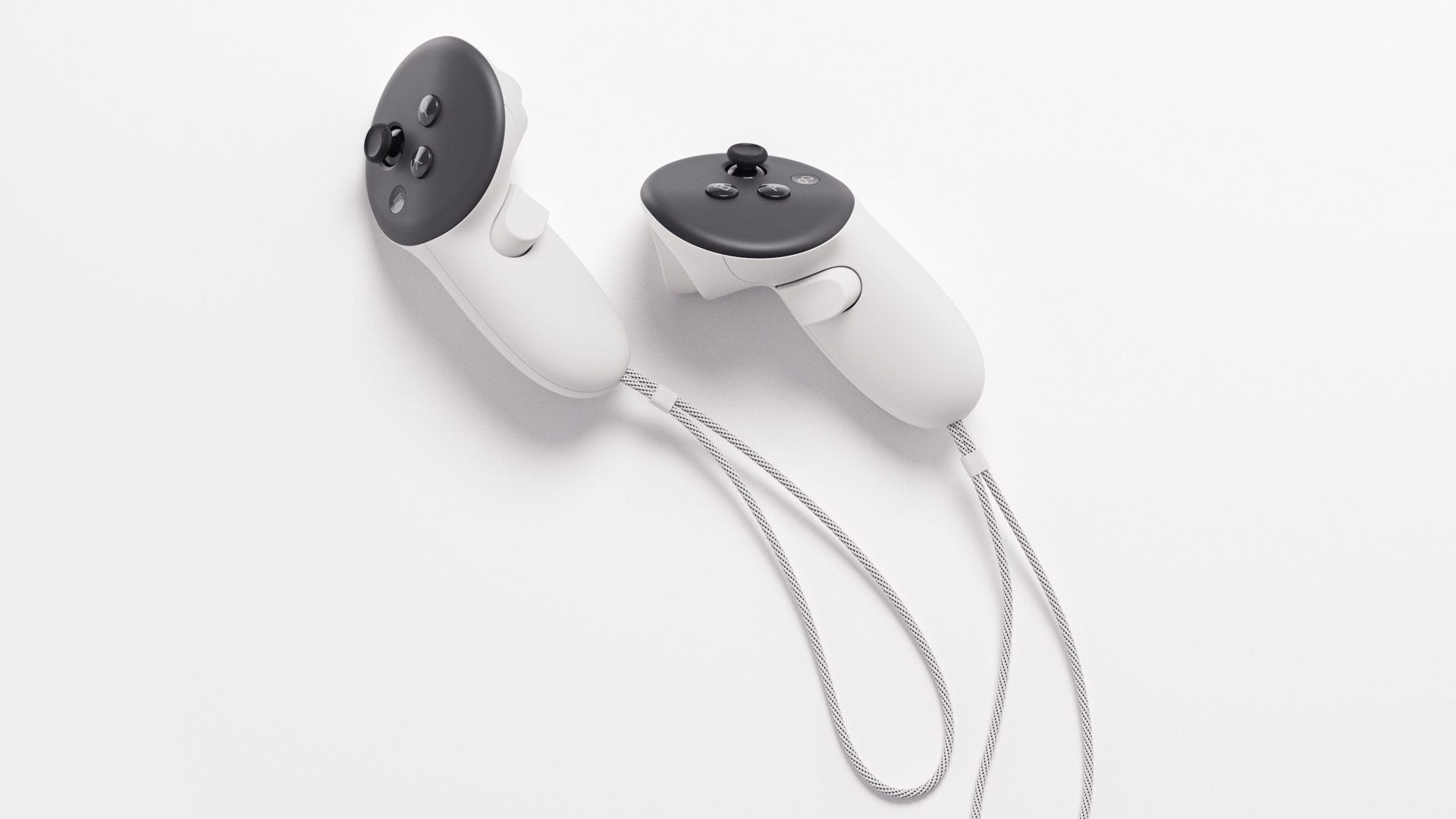Apple doesn’t call Vision Pro a mixed reality headset, or a virtual reality headset for that matter. To Apple, it’s all spatial computing, which is fine—if not a little too vague. Since it doesn’t support dedicated controllers like all VR headsets out there though, it’s leaving many developers essentially stuck and unable to port many of the most popular immersive games to Vision Pro.
Vision Pro launches today, emerging as an impressive addition to the world of XR headsets. It features robust hardware, which on paper seems to position it as an ideal platform for VR gaming. It has the ability to display detailed graphics and digest complex room environments thanks in part to its powerful dual-chip design, which also lets users multitask in a way other standalone VR headsets would simply choke on.
By all accounts, Vision Pro is impressive hardware, but it’s not serving up competition in a way we’re used to seeing, which is usually just by making a better mouse trap. Vision Pro is actively trying to be different, and it’s forging a path through XR in the most Apple way possible, which just so happens to be without motion controllers or a heavy emphasis on immersive gaming.
Want to learn more about Vision Pro? Make sure to check out our latest preview of AVP, which is a little teaser to our incoming deep dive review coming soon.
Why Controllers Matter to VR
While Vision Pro has the power, without motion controllers you won’t be playing many of VR’s greatest games, which not only serve up haptic feedback, but also require rock-solid input, provided by your standard assortment of buttons, sticks, and triggers. That’s not to say you can’t play VR games on Vision Pro, but you shouldn’t expect the full gamut of titles you’d see on something like Meta’s Quest 3.

The specific number and precision of these inputs are crucial for many VR games, as a majority of modern titles are built from the ground-up with controllers in mind. Without them, adapting most existing VR games to the Vision Pro becomes either an exercise in retrofitting control schemes, or completely starting on new projects built around the headset’s admittedly impressive hand and eye-tracking. Apple has done a lot to make its UI work fluidly with those input schemes, but that sole emphasis means you likely won’t find VR apps that need low-latency, high-precision input, like popular rhythm games such as Pistol Whip or Beat Saber, or action-heavy titles such as The Walking Dead: Saints & Sinners, Red Matter 2, or Population: One.
And we get it. Apple is thinking different about how it couches Vision Pro; it’s more face-computer than VR headset. More iPad than Switch. But why? Why can’t Apple just play nice and just give us some controllers? The answer may lie in its historical approach to gaming, particularly that of iPhone, which may explain why the company is so hesitant to ‘just make a normal VR headset’ like some would hope.
A History of Neglect
Angry Birds released on iPhone back in 2009, a game that practically defined the earliest age of mobile gaming. Even then, gaming really wasn’t on Apple’s radar. At the time, Apple had real business to attend to with the launch of its first iPhone in 2007, which was beating out its button-laden competitors, chief of which was BlackBerry. They’re gone now, and Apple is the world’s largest by market capitalization.
Still, developers found success with early mobile games on the App Store, which Apple gradually embraced, culminating in the launch of Apple Arcade in 2019. The casual game subscription service runs on all things Apple (including Vision Pro), but arrived more than decade after the release of the first iPhone.

Despite its oddly latent love for gaming, the company still doesn’t make a controller phone case for iPhone; it’s allowed third-party creators to fill in the gap to great success, even going as far as officially selling Sony’s DualSense controller on the Apple Store rather than make its own of either solution. It underscores Apple’s long-running history of making products for general use and offloading niche markets to third parties. Make enough money, and then Apple may pursue it… in a few years.
It’s not farfetched to assume Apple is extending this to Vision Pro too. If Apple is Apple, we may never get first-party VR controllers for Vision Pro, as the company instead focuses on more broadly appealing use-cases supplemented by more traditional input schemes, like an XR stylus that can equally allow users to work on CAD models and write a simple note.
That said, the future of VR gaming on Vision Pro appears to be heading in an all too familiar direction, where third-party developers and accessory makers try to fill in the gaps as Apple basically ignores gaming and gaming peripherals. Last we heard, Apple may not even allow third-party controllers to work on Vision Pro in the first place though, which would mean developers looking to capitalize on the new XR hardware will need to get very familiar with the benefits and drawbacks of hand-tracking focused games.
Additional reporting by Ben Lang







